Hij bracht hypnose en psychotherapie als behandelmethodes naar Nederland en had een bloeiende praktijk met de bekende schrijver Frederik van Eeden. Maar noem de naam Albert Willem van Renterghem, en er zal bij (vrijwel) niemand een belletje gaan rinkelen. Met zijn boek De wonderdokter hoopt samensteller Rinus Spruit op eerherstel.
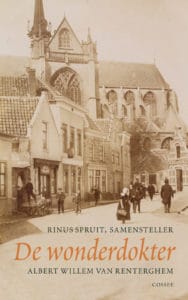
Albert Willem van Renterghem (1845-1939) gold ooit als “de wonderdokter van Goes”. Na het bijwonen van consulten door de Franse dokter Ambroise Liébeault, de grondlegger van de hypnosetherapie, besloot de Zeeuwse plattelandsarts ook zijn patiënten met deze nieuwe methode te gaan behandelen. De resultaten overtroffen ieders verwachtingen. De bekende schrijver en arts Frederik van Eeden overtuigde hem een kliniek in Amsterdam te beginnen. Van Renterghem ging in de leer bij Sigmund Freud en Carl Jung, vertaalde enkele van hun boeken en bracht zo de psychotherapie naar Nederland. Maar ondanks zijn grote verdiensten voor de psychiatrische zorg in ons land, verdwenen zowel Albert van Renterghem als diens autobiografie in de vergetelheid. Tot schrijver Rinus Spruit, zelf Zeeuw en oud-verpleegkundige, over deze wonderdokter hoorde.
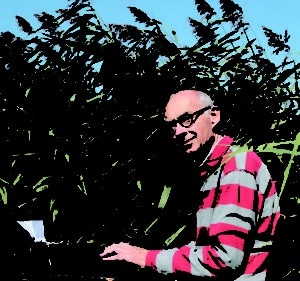
Hoe kwam u dit verhaal op het spoor?
‘In 1993 las ik in een huis-aan-huis blad dat er 90 exemplaren van de autobiografie van dokter Van Renterghem waren bijgedrukt. Hij had het in 1920 geschreven en er destijds tien van laten maken. Ik las dat deze man arts op het platteland was geweest op Zuid-Beveland, en dat hij later naar Amsterdam was gegaan en daar hypnose en psychoanalyse is gaan uitoefenen. Daar wilde ik meer van weten. Zijn autobiografie gaf een mooi beeld van de gezondheidszorg van de negentiende en begin twintigste eeuw. Die was heel primitief. Artsen hadden hun patiënten nog vrijwel niets te bieden: er was geen penicilline, en ziekten als tuberculose en suikerziekte waren niet te genezen. Er konden zelfs geen operaties plaatsvinden omdat er geen narcose was.’
‘Mensen stierven aan allerlei infectieziekten, zoals difterie. Van Renterghem schreef openhartig en met humor over wat hij meemaakte. Als je het leest, is het net alsof je er zelf bij bent. Ik vond het jammer dat niet iedereen daar kennis van kon nemen. Maar ja, het boek was 1400 bladzijden dik; hij had er alles in opgeschreven, tot en met de menukaart van de restaurants waar hij gegeten had.’

Voor wie was het boek bestemd? Louter voor zijn familie?
‘Met het schrijven van deze autobiografie is hij in 1920 begonnen, na zijn werkzame leven. Hij liet tien exemplaren drukken: zes voor zijn familie, en dan nog vier voor het archief van twee bibliotheken en twee universiteiten. De boeken moesten verzegeld blijven tot 1975, ik denk vanwege de privacy van de patiënten die hij had behandeld en die met naam en toenaam werden vermeld. Hij liet aan de gemeente Goes weten dat het boek in 1975 openbaar mocht worden voor publiek. Dus hij had er denk ik toch wel een grotere bedoeling mee.’

Hoe heeft u een boek van 1400 pagina’s teruggebracht tot een leesbaar verhaal?
‘Ik heb scherpe keuzes moeten maken. Zo heb ik allerlei familieaangelegenheden weggelaten, evenals de vele reizen met zijn vrouw en de jaren dat hij scheepsarts was bij de marine. Ik heb geprobeerd de essentie van zijn leven uit het boek te destilleren. Dus het begin als plattelandsarts in Heinkenszand, het moment waarop hij in aanraking kwam met hypnose, zijn contact met schrijver en arts Frederik van Eeden, hun praktijk in Amsterdam, die uitgroeide tot een nieuwe kliniek op de Van Breestraat. Zijn contact met Sigmund Freud en met Carl Jung, en zijn ontdekking van de psychoanalyse. Van Renterghem werd gezien als de man die de psychoanalyse in ons land heeft geïntroduceerd. Hij was voorzitter van de Nederlandse Vereniging voor Psychoanalyse; een man van aanzien, ook internationaal. Patiënten kwamen van heinde en verre, noemden hem “de wonderdokter uit Goes”. Hij werd beschouwd als dé man op het gebied van geestelijke gezondheidszorg in Nederland. Professor en psychiater H.C. Rümke omschreef hem als een “legendarische gestalte” en zei dat de bloei van de psychotherapie aan hem te danken was.’

Hoe verklaart u dan dat hij tegenwoordig volkomen onbekend is?
‘Hij is in 1939 overleden, dus de oorlogsjaren zitten ertussen; dat zal hebben meegespeeld. Tegenwoordig is hypnose bovendien iets waar veel mensen vraagtekens bij zetten, en ik denk dat ze hem daarom niet meer helemaal serieus namen. Een andere goede verklaring kan ik er niet voor vinden.’
Hoe werkte de behandeling met hypnose?
‘Hij bracht zijn patiënten in slaap, zei dingen als: “U wordt beter” of “Uw pijn zal verdwenen zijn” en deed hen suggesties aan de hand. Daar wist hij veel mensen mee te genezen. Hij behandelde vooral patiënten met psychosomatische klachten: lichamelijke klachten die een psychische oorzaak hebben. In Amsterdam ging hij zich steeds meer gaan richten op psychische ziekten. Hij gaf zelf trouwens de voorkeur aan hypnosetherapie boven psychoanalyse, omdat dit een sneller en beter resultaat gaf, en hij er dus meer mensen mee kon helpen. Gezien de resultaten is het jammer dat deze methoden tegenwoordig niet of nauwelijks nog worden toegepast.’
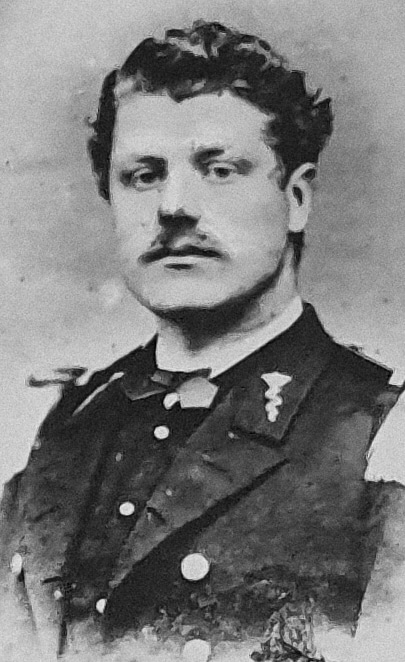
Geeft u eens een voorbeeld van zo’n genezing?
‘Op het spreekuur kwam dorpsslager Rottier, een oude bekende van dokter Van Renterghem. De man leed al jaren aan pijn op de borst, rechts onder het sleutelbeen. Er was geen afwijking te vinden, en geneesmiddelen hielpen nooit. Van Renterghem was net terug uit Frankrijk van zijn studie bij dokter Liébeault, en vroeg zich af die methode zou helpen. Hij bracht de patiënt onder hypnose, legde zijn hand op de pijnlijke plaats en verzekerde de slager dat zijn pijn verdwenen en voorgoed geweken was. “Adem eens diep!” zei Van Renterghem, “en nog eens, en nog eens. Voel je wel hoe heerlijk vrij je borst nu is? Je zult geen pijn meer hebben!” Hij verzekerde zijn patiënt dat hij fris, lekker en zonder pijn zou ontwaken. En inderdaad: toen Rottier weer bij bewustzijn was, had hij geen pijn meer. Zo ging dat vaak.’
Welke passages hebben u het meeste geraakt?
‘Dat zijn er twee. Hij schrijft over een meisje van 12, dat sterft aan tuberculose. Hij komt elke dag langs en ziet haar steeds zieker worden. Ze hebben elke keer mooie gesprekken. Op een dag komt hij en is ze net overleden. Hij condoleert de moeder en zij zegt: “Marietje heeft nog een zakje snoepjes gegeven voor u, om aan uw kinderen te geven.” En dan is hij zo ontroerd dat hij moet huilen.’
‘Ook het verhaal over zijn zieke dochtertje heeft veel indruk gemaakt. Het 6-jarige meisje heeft difterie, een ziekte waar op dat moment nog geen medicatie voor is, en ten gevolge van een luchtpijpvernauwing krijgt ze het steeds benauwder. Dan houdt er een koets halt voor het huis van de dokter; de koetsier vraagt of de dokter onmiddellijk wil meekomen, omdat de burgemeester van Heinkenszand het erg benauwd heeft. Van Renterghem verkeert in tweestrijd: blijft hij bij zijn kind of gaat hij naar de burgemeester? Hij laat zijn vader bij zijn dochtertje waken en vertrekt. Bij terugkomst – de burgemeester is dood – is het meisje ook stervende. Er is maar één behandeling mogelijk en dat is tracheotomie, oftewel een gaatje in de luchtpijp maken. Hij slaagt er niet in zijn dochter op tijd te redden.’
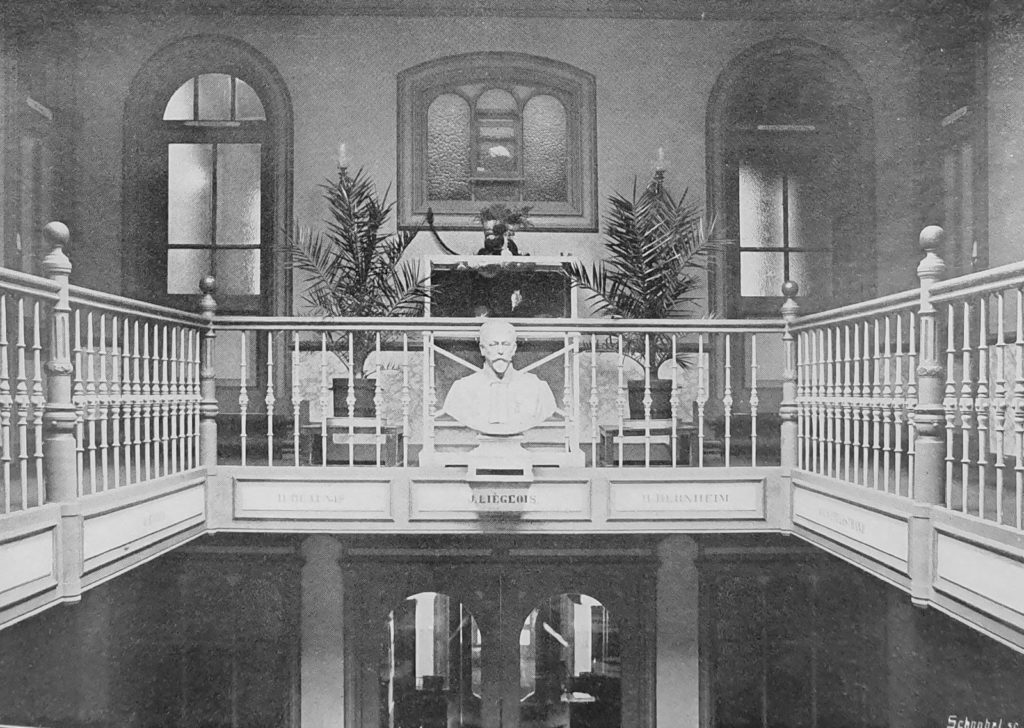
Welke rol heeft Frederik van Eeden in het geheel gespeeld?
‘De tussenkomst van Van Eeden betekende het kantelpunt in Van Renterghems carrière. Van Eeden hoorde over diens succes met hypnose en vroeg of hij een spreekuur van de huisarts kon meemaken. De hypnosebehandelingen maakten diepe indruk op Van Eeden. “Jij moet niet in Goes blijven vegeteren,” schreef hij aan Van Renterghem. “Jij moet naar Amsterdam komen dan kunnen we daar samen een kliniek beginnen voor therapeutisch hypnotisme.” Dat was het begin van Van Renterghems grandioze carrière. Zonder die tussenkomst was hij als gewone huisarts blijven hangen in Goes.’
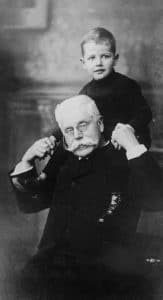
Wat viel er voor u als auteur uit dit project te halen? Het is immers de tekst van een ander.
‘Dat klopt, ik heb er ook vrijwel niets aan veranderd. Maar ik heb het boek wel als het ware gecomponeerd door mijn keuzes in wat ik wel en niet wilde opnemen. Dat vond ik ook mooi werk. Hij schrijft heel openhartig, ook over alles wat hij niet goed deed, de sterfgevallen, de verliezen in zijn familie. Dat kan ik niet verbeteren.’
De wonderdokter van Rinus Spruit is verschenen bij Cossee, € 20,99
